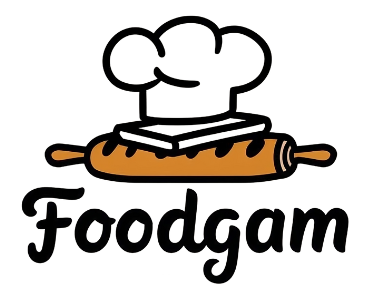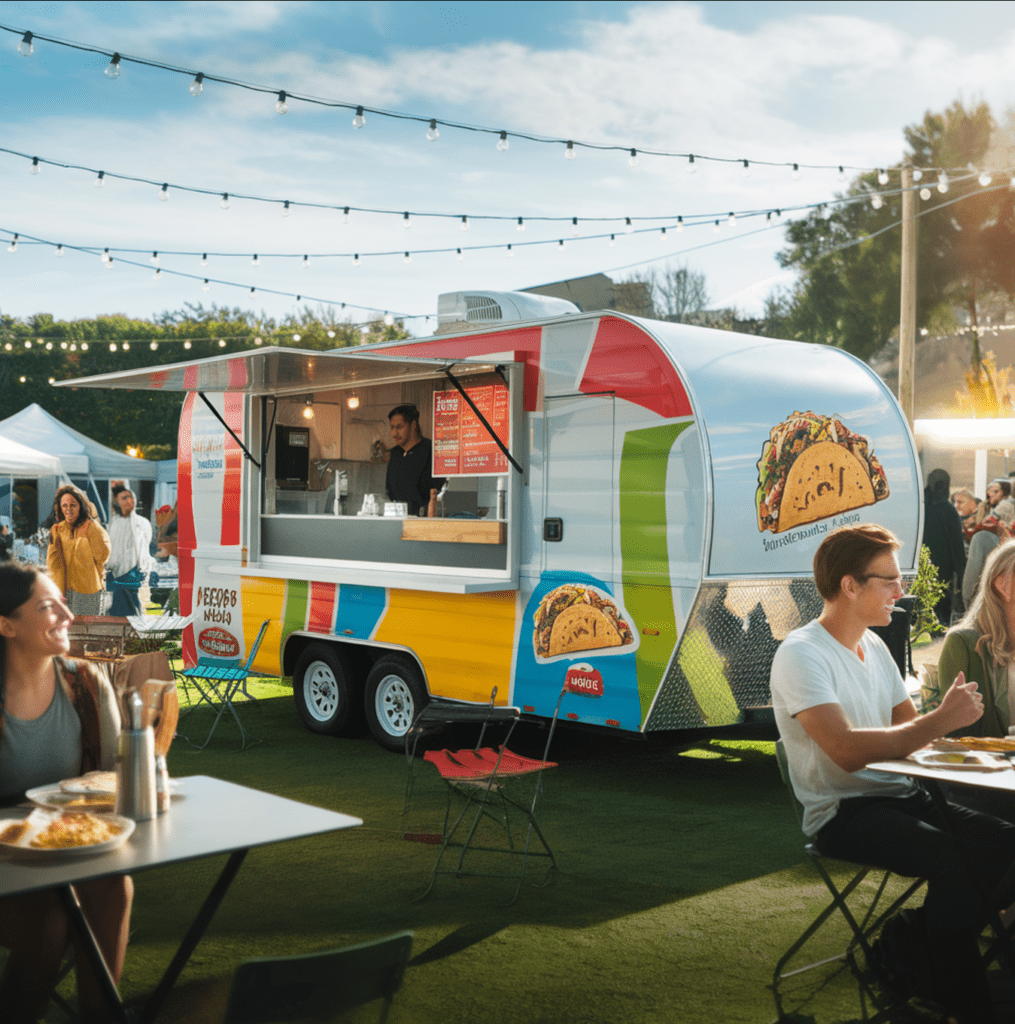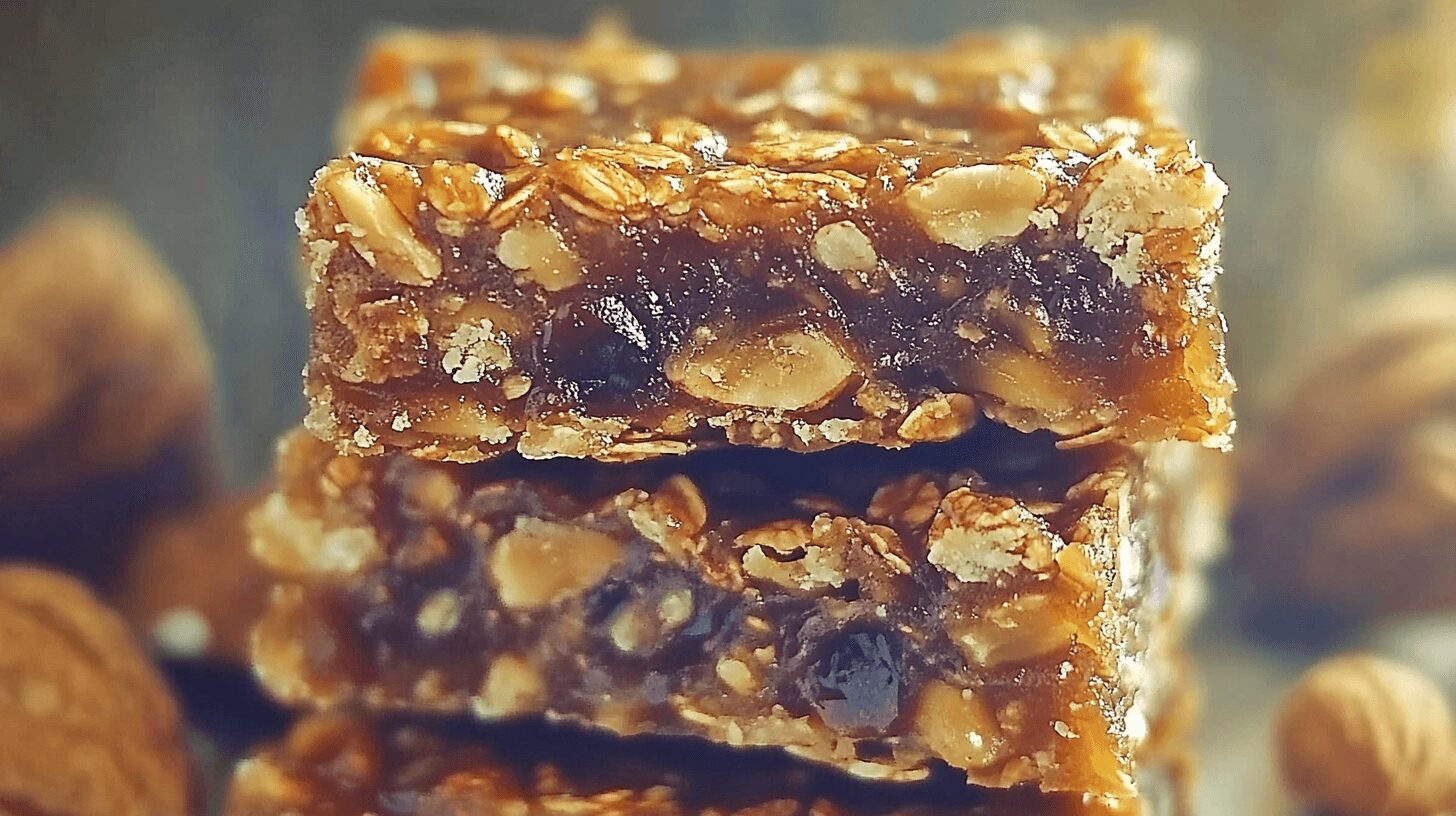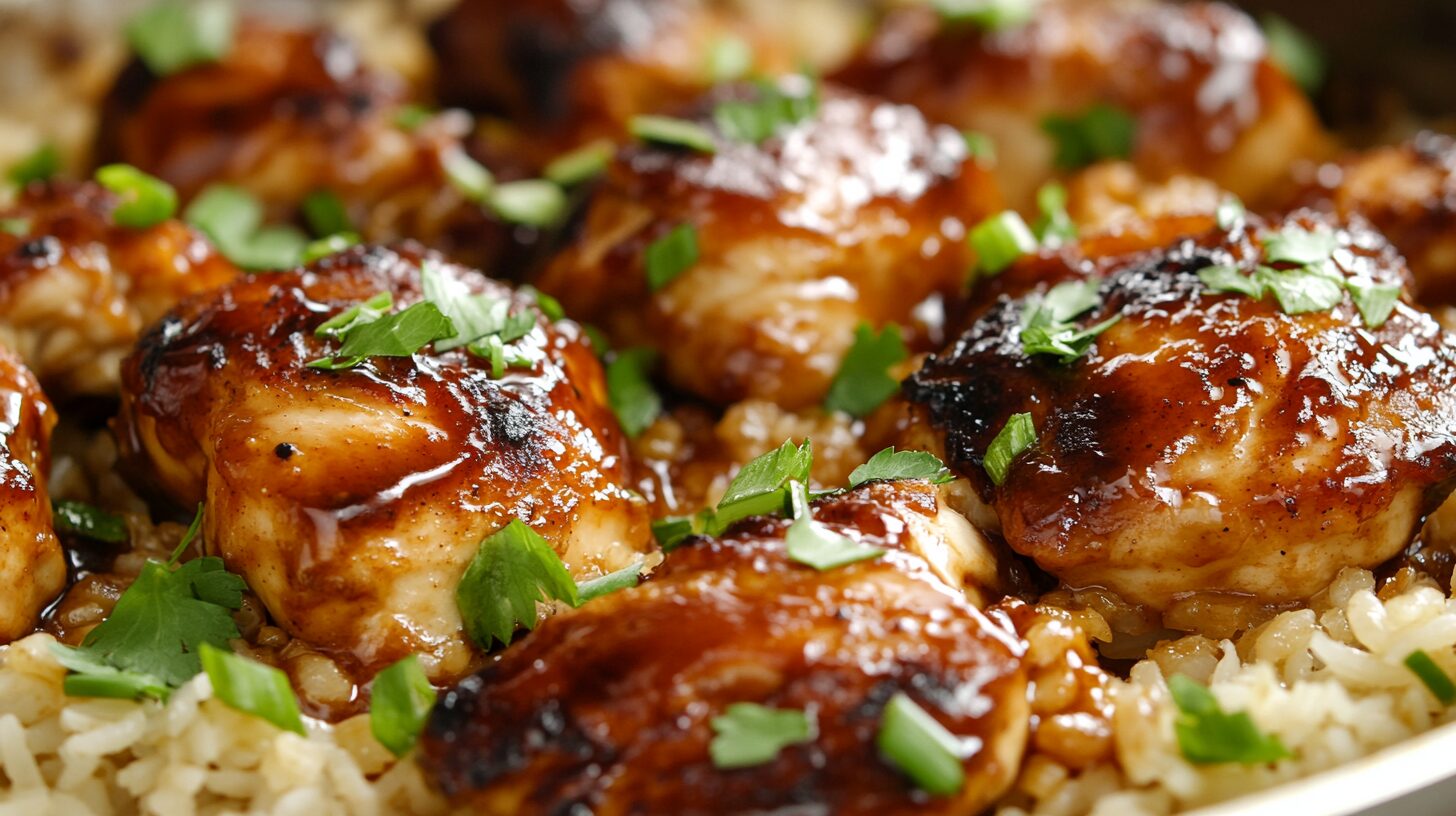Introduction
Building a food trailer is not only an exciting venture but also a practical way to launch a mobile food business. With lower overhead costs compared to traditional restaurants, food trailers offer a flexible and profitable opportunity for entrepreneurs. In addition, food trailers allow you to meet customers where they are, whether at festivals, markets, or busy streets. This guide provides a comprehensive overview of how to build a food trailer, including essential steps, creative variations, and tips to succeed.
Why Build a Food Trailer?
Above all, food trailers are a cost-effective and versatile solution for aspiring food entrepreneurs. In addition, they offer flexibility, allowing you to bring your culinary vision directly to your customers in locations that traditional restaurants cannot reach. Whether it’s bustling city streets, local farmers’ markets, or vibrant community festivals, food trailers provide the mobility to tap into a variety of customer bases.
Moreover, food trailers significantly reduce startup costs compared to brick-and-mortar restaurants. With lower expenses for rent, utilities, and maintenance, food trailer owners can allocate their resources toward quality ingredients, innovative recipes, and unique customer experiences. For instance, a food trailer can specialize in tacos, gourmet burgers, vegan meals, or even niche items like artisanal coffee or fusion desserts, giving you the freedom to carve out your own unique space in the food industry.
In fact, food trailers also enable you to experiment with your menu and location strategy. If one spot doesn’t attract the crowd you’re looking for, you can simply move to another area. This flexibility makes food trailers an excellent option for entrepreneurs who want to test their concepts before committing to a permanent establishment. In short, a food trailer is not just a way to share your culinary creations—it’s a dynamic business model that combines creativity, mobility, and cost-efficiency, making it an exceptional choice for launching your food business.
Materials and Tools You’ll Need
Before starting your food trailer project, gathering the right materials and tools is essential to ensure safety, durability, and compliance with regulations. For example, investing in high-quality equipment not only enhances performance but also reduces long-term maintenance costs. Here’s a comprehensive list to guide you:
Materials
- Base Trailer: Choose a solid trailer, either new or used, as the foundation for your project.
- Insulation: Use spray foam or rigid panels to maintain a comfortable temperature inside the trailer.
- Flooring Materials: Opt for durable, slip-resistant options like vinyl or rubber for easy cleaning and safety.
- Exterior Siding: Aluminum or stainless steel siding offers lightweight durability and resistance to weather conditions.
- Interior Panels: Install FRP (fiber-reinforced plastic) or stainless steel panels for heat resistance and easy maintenance.
- Plumbing Components: Include sinks, water tanks, pipes, and a water pump to set up a fully functional kitchen.
- Electrical Wiring: Equip your trailer with outlets, lighting, and a generator to power your appliances.
- Cooking Equipment: Essential items like grills, fryers, and stoves form the heart of your kitchen.
- Ventilation System: Ensure proper airflow with a hood and exhaust fan to meet health and safety standards.
- Storage Units: Shelves and cabinets help organize ingredients, utensils, and supplies efficiently.
Tools
- Screwdrivers: For assembling and securing components.
- Electric Drill: A must-have for precise drilling and fastening.
- Welding Machine: Essential for attaching and reinforcing metal components.
- Measuring Tape: Accurate measurements ensure a well-planned layout.
- Saw: For cutting materials like wood or metal during construction.
- Level: Guarantees even surfaces and properly aligned installations.
Additionally, prioritize safety gear such as gloves, goggles, and ear protection while working on your food trailer. These items will protect you from potential injuries and create a safer workspace.
With these materials and tools in hand, you’ll be ready to start building a food trailer that’s not only functional but also reliable for your business needs.
Step-by-Step Guide: How to Build a Food Trailer
Step 1: Plan Your Design
First and foremost, creating a detailed layout is crucial to the success of your food trailer. A well-thought-out design ensures that the space is both functional and compliant with local health and safety regulations. For example, start by sketching the interior of the trailer, clearly marking designated areas for cooking equipment, storage, preparation space, and customer interaction points. By having a clear plan, you can avoid costly adjustments later in the building process.
Moreover, your layout should prioritize efficiency. Think about how your staff will move inside the trailer during peak hours, ensuring that the workspace allows for smooth and safe operations. In addition, consider the placement of major appliances like grills, fryers, or stoves in a way that minimizes movement and maximizes productivity. For instance, include a dedicated service window that allows for seamless order taking and delivery to customers, while also ensuring enough counter space for preparation.
Similarly, allocate adequate room for ventilation and refrigeration units. A proper ventilation system is critical for removing smoke, heat, and odors, keeping the workspace comfortable and compliant with regulations. In contrast, overlooking ventilation can lead to overheating and a poor working environment. Refrigeration units should also be strategically placed for easy access to ingredients without disrupting the workflow. Above all, the layout should cater to the specific needs of your menu and cooking style, ensuring that your team can work efficiently and comfortably even during busy hours.
Tips for Planning:
- In addition, optimize the layout for efficient workflow.
- For instance, include a dedicated service window for customer orders.
- Similarly, allocate space for proper ventilation and refrigeration units.
Step 2: Purchase or Retrofit a Trailer
When it comes to choosing a trailer, you have two main options: buy a new one or retrofit an existing one. On the other hand, while new trailers offer customization, used trailers are more budget-friendly.
Moreover, inspect used trailers for structural integrity before purchasing. In fact, retrofitting a used trailer can save costs if you’re handy with tools.
Related Question: Is it cheaper to build or buy a food trailer?
In contrast, building a trailer can be more cost-effective, while buying one saves time and effort.
Step 3: Install Insulation and Flooring
Next, focus on insulation and flooring to create a comfortable working environment. For instance, use spray foam insulation to maintain a consistent temperature.
Additionally, durable flooring materials like vinyl or rubber are easy to clean and slip-resistant. As a result, they enhance safety and hygiene.
Step 4: Add Walls and Siding
After that, install interior walls using FRP or stainless steel panels. Moreover, these materials are heat-resistant and easy to maintain. For the exterior, aluminum siding is lightweight and weather-resistant.
Consequently, these choices ensure your food trailer meets durability and aesthetic standards.
Step 5: Set Up Plumbing and Electrical Systems
Proper plumbing and electrical systems are vital. For example, install a water pump, sink, and separate tanks for clean and waste water.
Moreover, wire the trailer for outlets, lighting, and cooking appliances. In addition, consider a generator for reliable power on the go.
Because of this, your trailer will be fully equipped for operation in any location.
Step 6: Install Cooking Equipment and Ventilation
Finally, secure your cooking equipment, such as grills and fryers, to ensure safety during transit. In addition, install a ventilation hood and exhaust fan to meet health regulations.
For instance, ventilation systems reduce grease and smoke, creating a safer environment. Consequently, this step ensures compliance with local laws and enhances the working conditions inside the trailer.
Step 7: Add Final Touches and Branding
Above all, branding is key to standing out. For instance, decorate the trailer with vibrant graphics, your logo, and a clear menu.
Similarly, adding LED lighting or a chalkboard menu can make your food trailer more inviting. As a result, you’ll attract more customers and build a memorable brand.
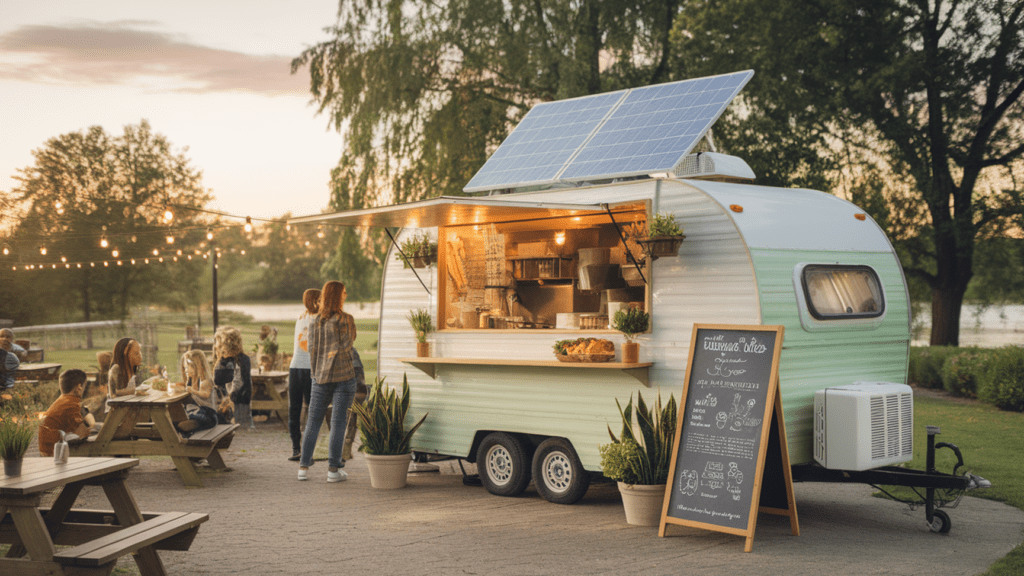
Creative Variations for Food Trailers
Adding a creative twist to your food trailer can help it stand out and attract a loyal customer base. By aligning the design and offerings with a specific theme or concept, you can create a memorable experience for your customers. Below are some creative variations to consider:
Theme-Based Trailers
Create a unique atmosphere that matches your cuisine to enhance the dining experience. For example, a taco truck adorned with vibrant Mexican decor, sombreros, and colorful patterns can immediately set the mood for authentic Mexican food. Similarly, a seafood trailer could incorporate nautical elements like blue waves, fishing nets, and seashell motifs. To explore how to create a standout food trailer design, visit our guide on how to build a food trailer.
Eco-Friendly Trailers
Sustainability is more than a trend—it’s a way to connect with environmentally conscious customers. In addition, using solar panels, energy-efficient appliances, and sustainable building materials can significantly reduce your trailer’s carbon footprint. As a result, customers who value eco-friendly practices are more likely to choose your trailer over others. Moreover, offering biodegradable packaging and organic ingredients can reinforce your commitment to the environment. Learn more about innovative ideas in our article on how to make a food trailer.
Seasonal Specials
Decorating your food trailer for holidays and seasonal events is a great way to attract attention and boost sales. For instance, during Christmas, you could add string lights, wreaths, and a holiday-themed menu featuring items like peppermint hot chocolate or gingerbread cookies. In addition, offering limited-time specials during major events like summer festivals or Halloween can create a sense of urgency and excitement among customers. Moreover, these decorations and menu changes help keep your offerings fresh and engaging. To plan your budget for seasonal upgrades, check out our breakdown of how much a food trailer costs.
For more inspiration and ideas, explore related articles such as how much does a food trailer weigh and a health food store makes trail mix. By creatively customizing your food trailer, you can set yourself apart in a competitive market while building a loyal customer base.
FAQs About Building a Food Trailer
Is it cheaper to build or buy a food trailer?
In fact, building is often more affordable if you have the skills. On the other hand, buying a pre-made trailer saves time.
Can a food trailer be profitable?
Absolutely! As a result, with the right location and menu, a food trailer can generate significant revenue.
How much does it cost to turn a trailer into a food truck?
The cost typically ranges from $10,000 to $50,000. For example, this depends on the size, materials, and equipment.
What is the best size for a food trailer?
In general, a 16- to 24-foot trailer is ideal. In addition, this size balances functionality with ease of towing.
Conclusion
In conclusion, building a food trailer is not just a project; it’s a journey that blends creativity, practicality, and entrepreneurship. By transforming an ordinary trailer into a fully functional, mobile kitchen, you open the doors to endless opportunities in the food industry. In addition, this guide has provided you with the essential steps, creative ideas, and tips to help you design a food trailer that meets your unique needs and exceeds customer expectations. Whether you’re looking to serve gourmet meals or street food favorites, careful planning and execution will set you up for success.
As a result, your food trailer business has the potential to thrive in today’s competitive market. With lower startup costs, flexibility, and the ability to reach diverse audiences, a food trailer offers unmatched opportunities for culinary entrepreneurs. Moreover, by incorporating innovative themes, eco-friendly practices, and seasonal specials, you can differentiate yourself and build a loyal customer base.
For additional inspiration and resources, check out these helpful links:
- AllRecipes for culinary ideas to elevate your menu.
- Food Network for expert tips on cooking techniques and equipment.
- Tasty for innovative recipes and food presentation ideas.
Start your journey today by combining the guidance from this article with these trusted resources. Turn your dream of owning a food trailer into reality and bring your culinary vision to life!
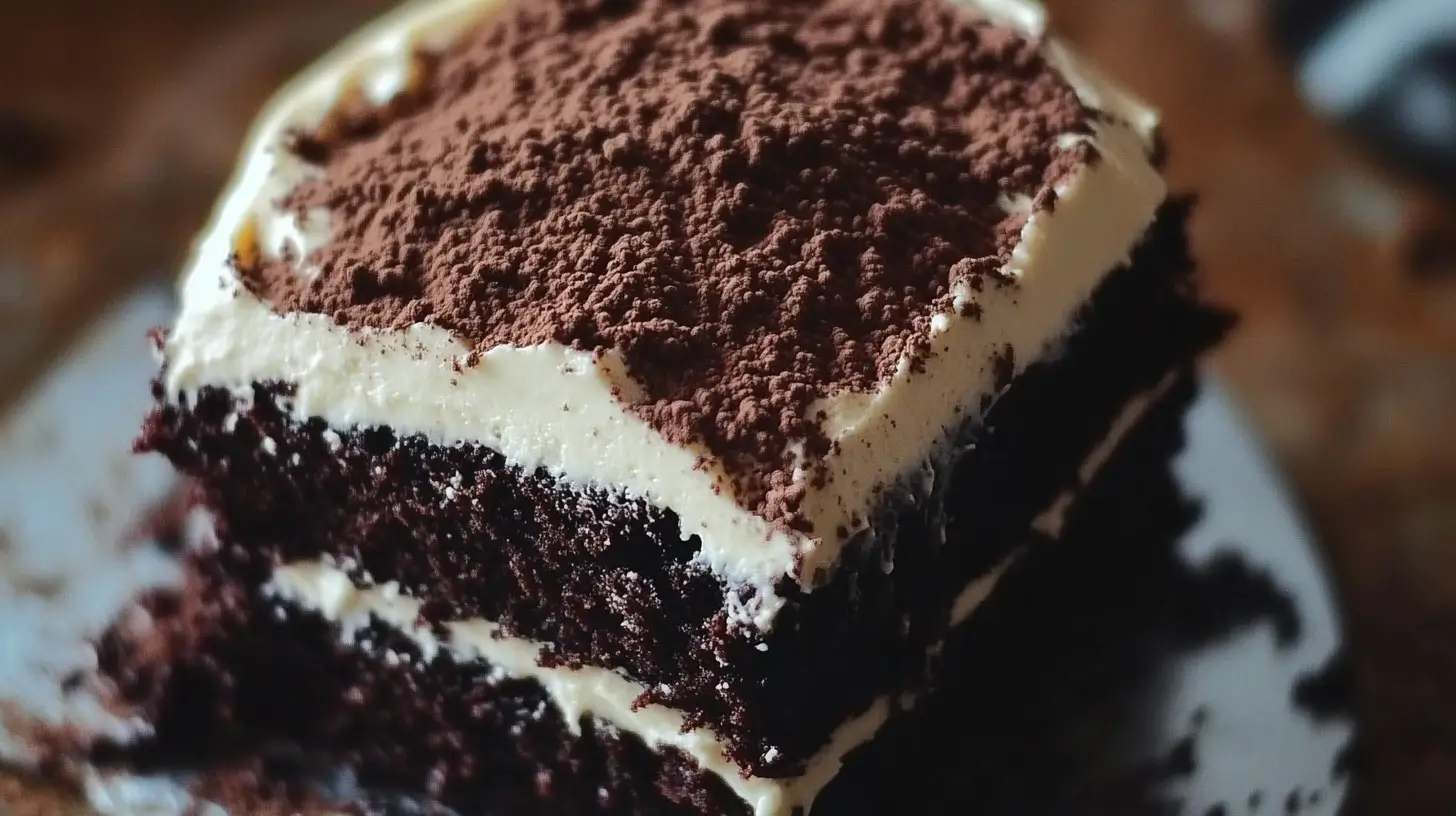
Chocolate Guinness Cake with Baileys Buttercream
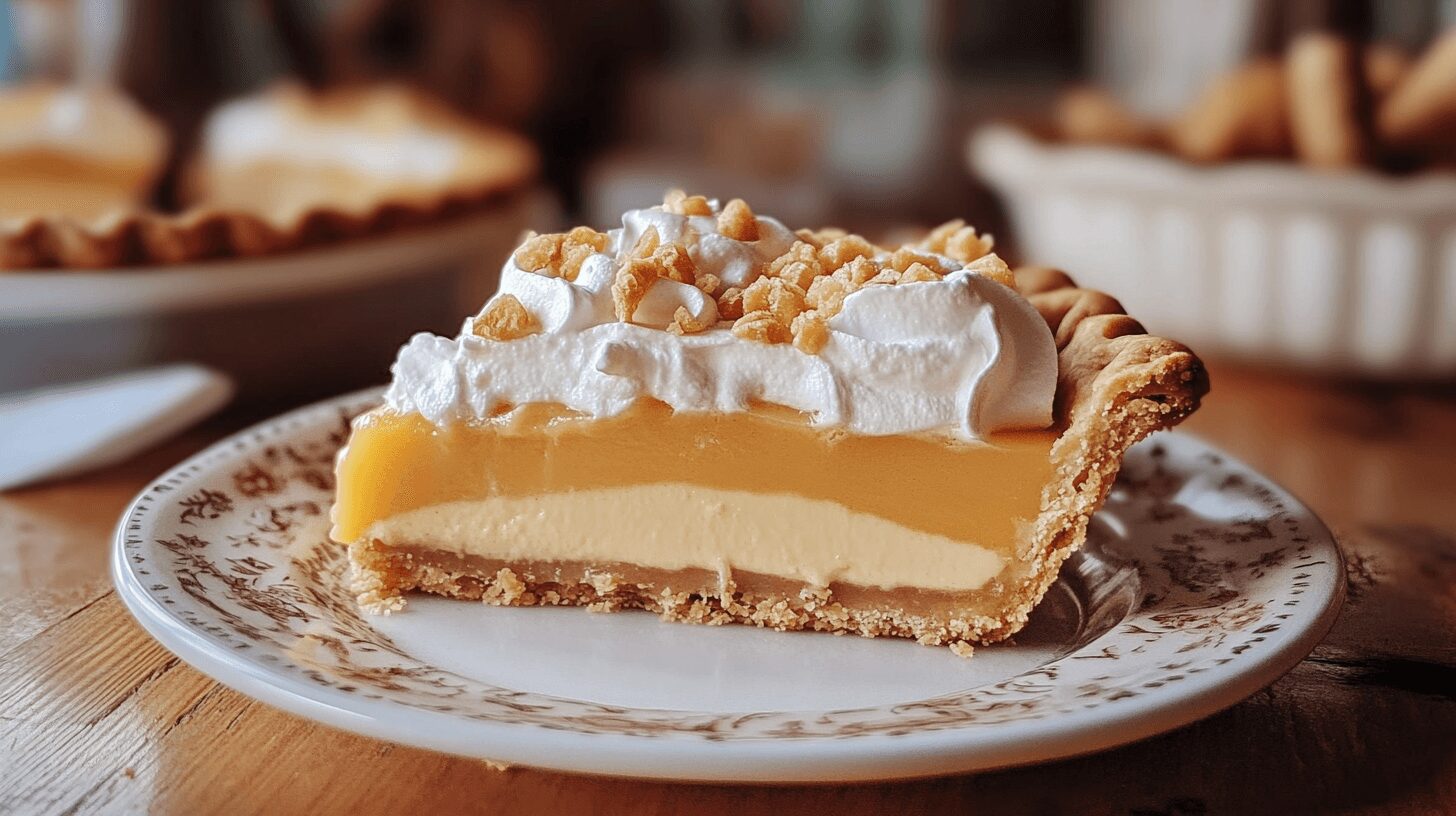
Ultimate Dolly Parton Butterscotch Pie: 5 Sweet Reasons to Try This Classic Dessert
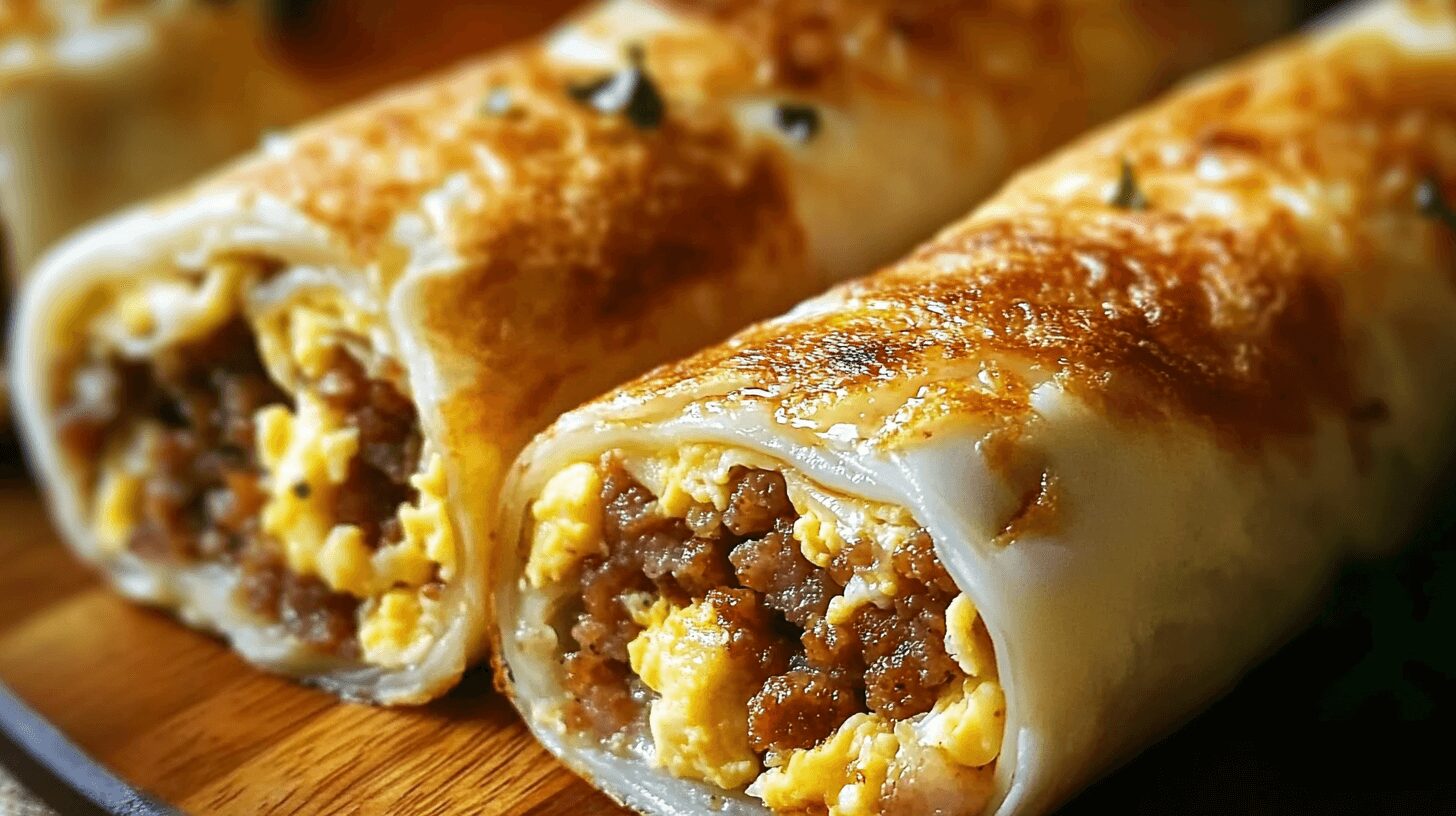
5-Minute Sausage Egg and Cheese Breakfast Roll-Ups: The Perfect Morning Delight
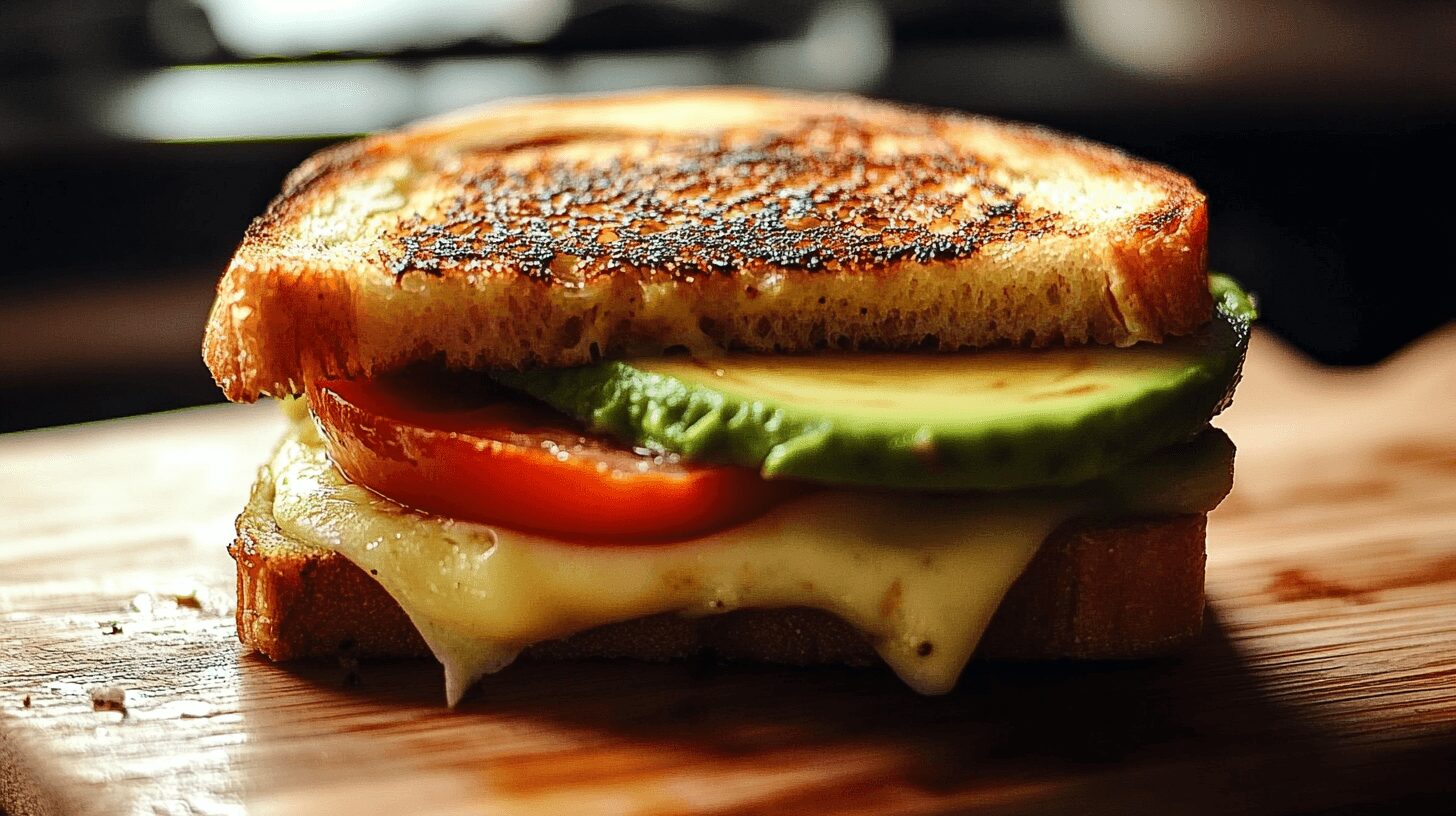
Healthy Avocado Grilled Cheese: 5 Reasons to Try This Nutritious Twist on a Classic
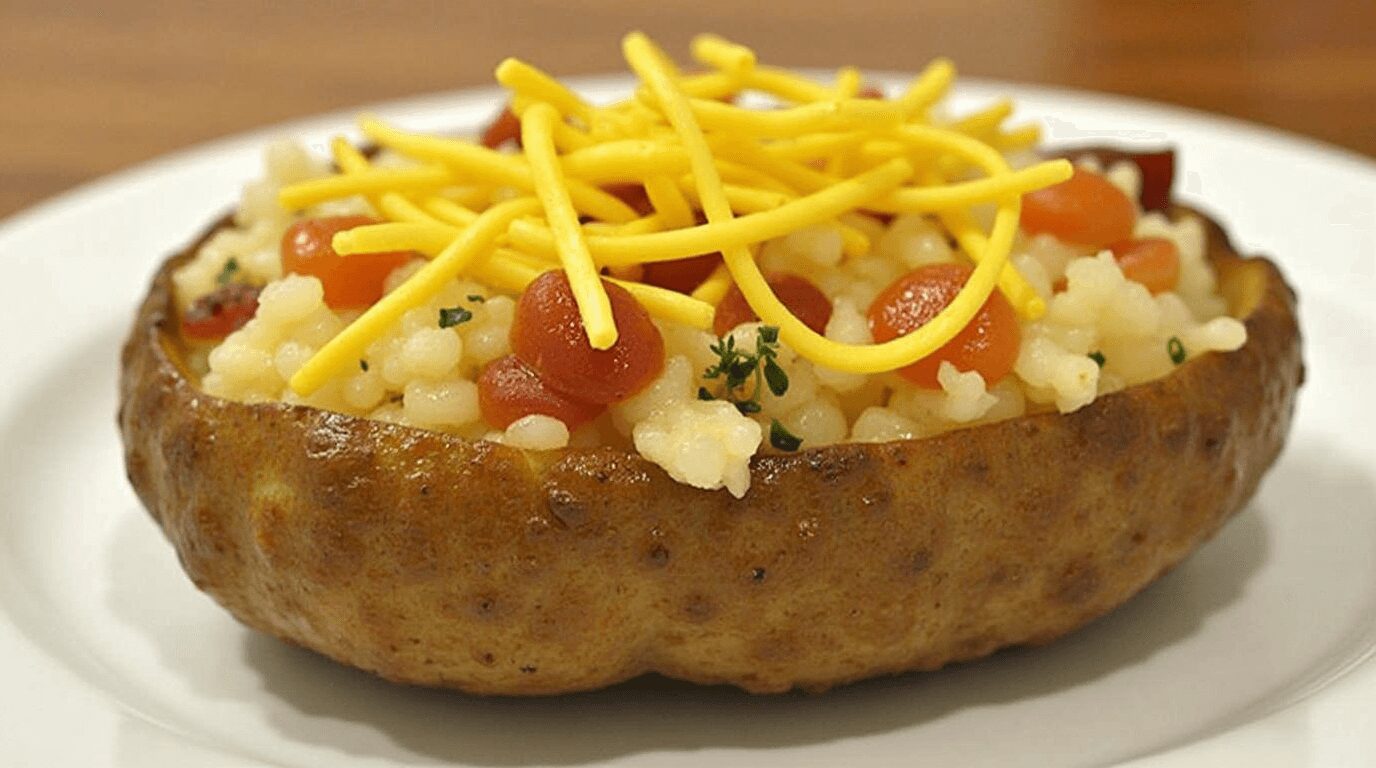
7 Reasons to Love Smothered Potatoes: A Delicious and Nutritious Comfort Food
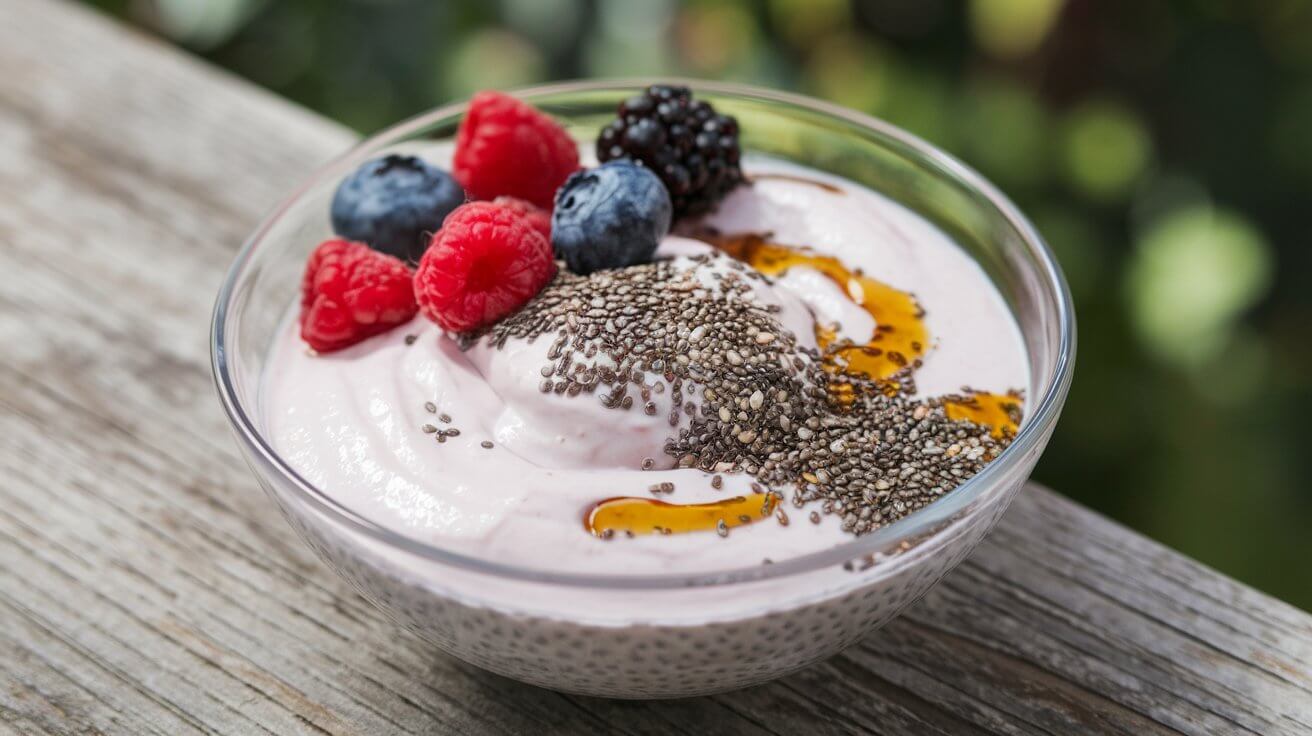
Greek Yogurt Chia Pudding: 5 Reasons This Simple, Healthy Treat is a Game-Changer

